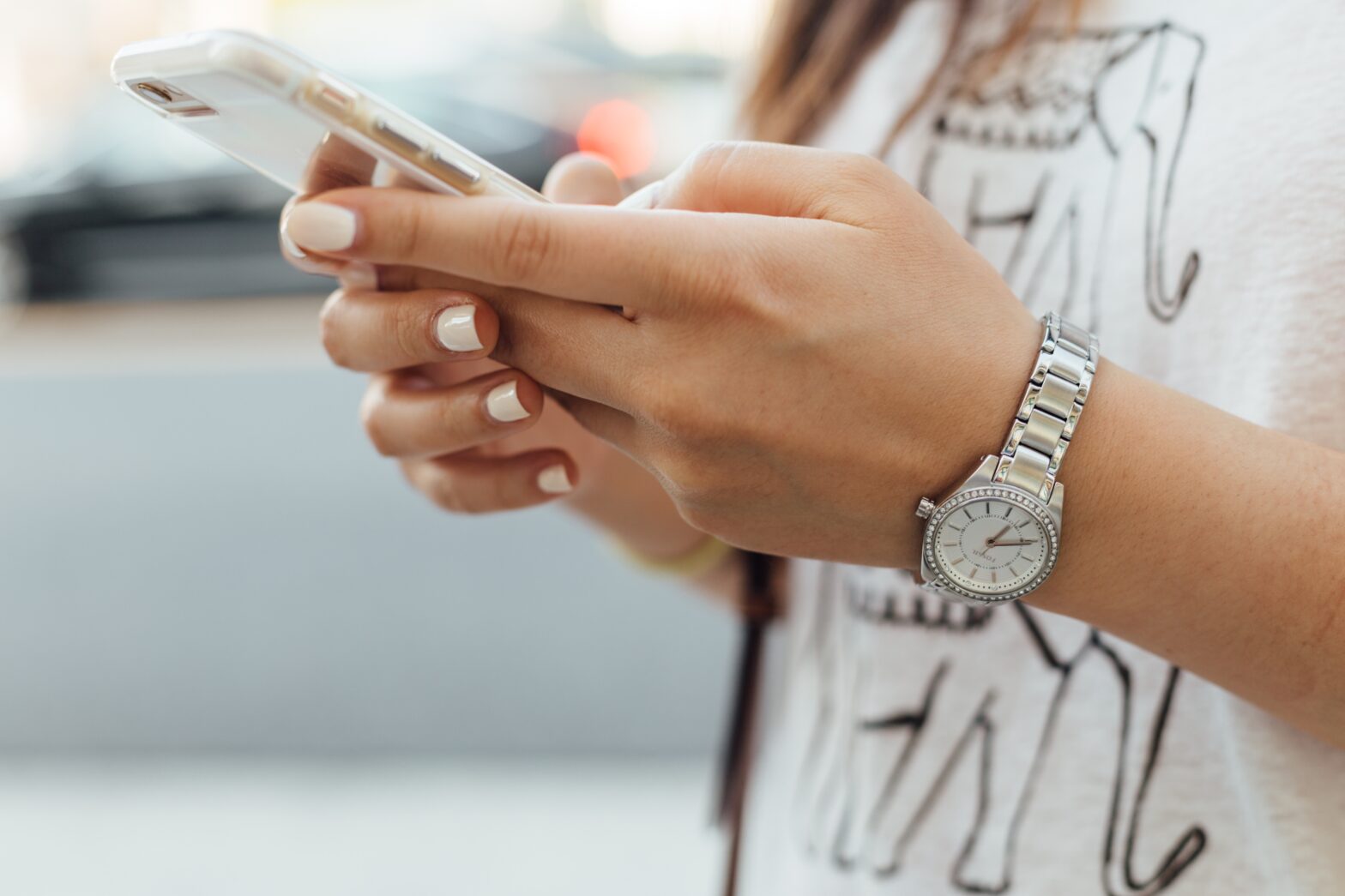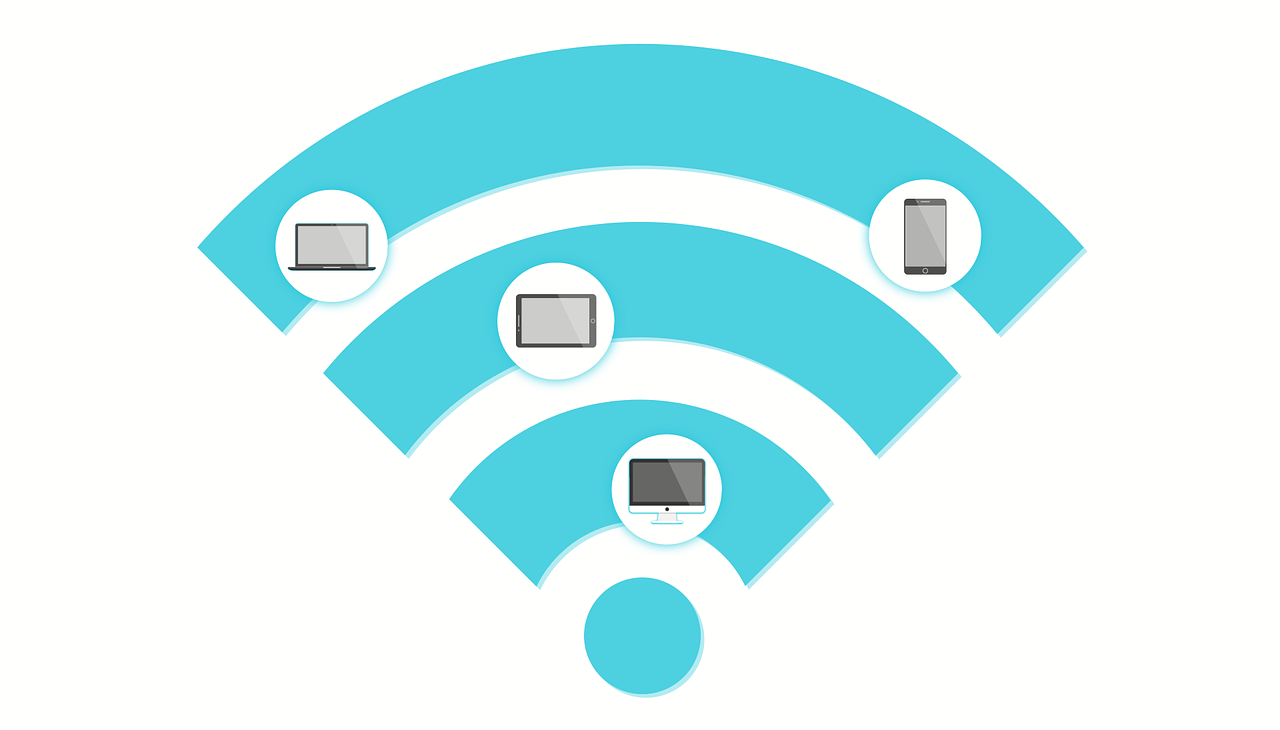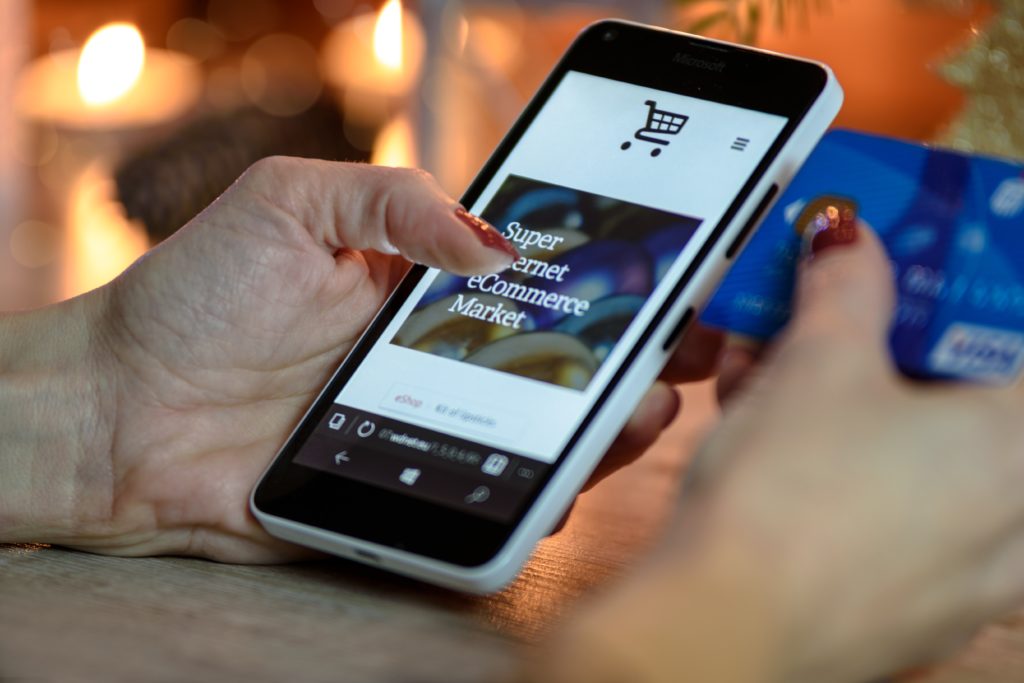E-commerce sellers use cookie tracking function and online analytical tools to define and regularly calibrate every aspect of shopping. Traditional stores are not so lucky. Until now, they had to rely on the continuous improvement of conventional methods leading to understanding customer needs. However, in the era that Forrester Research called the era of the customer, traditional stores are subject to equally high expectations in terms of his experiences as e-shops.
The Managing Director of one of the exclusive chains of department stores believes that the main way to maintain the popularity of traditional retail stores is to focus on the quality of experience they provide for the customer. This trend has led to the emergence of many startups specializing in providing innovation in building experience in stores.
One of the ways to offer better experiences by traditional commercial stores is a continuous behavior analysis of visitors and use of results of the analysis to better engage consumers when shopping. The use of Store Analytics is a revolution both in the way in which shops understand their clients and in which they communicate with them. So let’s look at how it improves communication with shoppers.
How does Store Analytics work?
Has it ever seemed strange to you that a furniture market offers free Wi-Fi? You’d think that it makes sense in the case of a café, but certainly owners of furniture stores should want you focused on sofas, tables and beds instead of on your Smartphone.
Well, when you turn on a Wi-Fi on your phone, every few seconds the device sends a query about available networks. Then it listens by a fraction of a second and upon receiving the reply, it updates the list of available networks.

And here comes the interesting part: the phone which tries to find Wi-Fi, transmits your unique MAC address to every device (the Wi-Fi base station) which listens. Therefore, when you are walking around the furniture shop, each Wi-Fi signal works as a navigation beacon of your location. Thanks to many Wi-Fi access points in one shop, it is possible to locate every MAC address precisely. And you don’t have to log into the Wi-Fi network at any point – it takes place passively from the phone owner’s point of view.
Even if the device does not share any information about its owner, the seller may develop an image of what individual people are doing when walking around the shop. How many clients made it to the second floor? How much time do people spend within a specific area? How long do the clients wait before they visit the shop again?
It is useful in order to understand widely defined shopping habits and intervene through informed communication with the client in the shop. Instead of communicating with the client during the time planned by the shop owner (as it is often the case), it may take place at a time which is suitable for the client. Sending text messages when a sale takes place is an effective marketing tactic.
Sending e-mails every month may be an excellent drop campaign. Even the good, old fashioned mail may increase traffic in a local shop. Now try to imagine a more client-oriented message sent via, for instance, the WhatsApp messenger, asking the Clint if he needs help when the Retail Analytics can see that the client has spent the last 15 minutes in the sofa department. Of course, associating MAC addresses with physical persons requires a certain degree of effort but it is possible.
So, how to track a MAC address anonymously in order to personalize communication with the client?
Understanding the behaviors of individual clients during their shop visits
As more data is being collected, the MAC address ceases to be an unimportant number. Instead, it begins to represent behaviors of a real person. Even though at this stage it is not possible to identify the phone’s owner, an image of who they are can be developed.
Companies such as Billennium help retailers with not only registering what goes on in their own shops but also with working with collective data originating from many locations. It enables shop owners to see what individual persons and groups do in other locations. When analysing a wider set of data, even gender or age category can be determined, perhaps even the aim of the person visiting a particular shop.
Regardless of whether the data is being collected in many locations or over a longer period of time in one location, as it is being collected, it becomes useful in developing more personalized communication which may increase sales and client satisfaction.
However, it is everything that can be achieved by using only anonymous data. And this leads us back to the question of why a furniture shop offers free Wi-Fi. As soon as someone registers with that Wi-Fi network, the shop may associate the MAC address with any data which will be captured during the registration process. It is most likely to be at least the name, e-mail address, social media account or the mobile phone number. Such a person does not have to use the Wi-Fi network again and as long as they are in possession of the same device, their MAC address and identity are associated with each other.

Other retailers may not only rely on free Wi-Fi. They may use a mobile application with a loyalty program or discount vouchers which require the user to provide certain personal details. Depending on the phone’s operating system, such an application may gain access to the MAC address and associate it with the client’s data. One way or another, retailers may encourage shoppers for their MAC address to be identifiable. And once that is the case, the communication may become really personalized.
Respecting the buyer’s personal details
Doesn’t it sound a little scary? Through indifference or lack of awareness, most people who surf the Internet are constantly being tracked. Of course, some voices of discontent can be heard every now and then but the great majority of people either accept it or they remain indifferent. The GDPR legislation may regard the MAC address as personal data which may influence the type of consent that may be required before the commencement of tracking.
Exchange of values for better client experiences
Perhaps, a response to this may be providing clients with a real advantage in exchange for collecting valuable data concerning their habits. Traditional shops may achieve very good results in tracking and analysing their clients when loyalty programs offer discount vouchers, cash pay-outs or access to unique events. Instead of tracking them silently, it is worth convincing clients to voluntary participation in a loyalty program for the 21st century via a mobile phone.

Tracking location has the potential to change the way in which traditional shops communicate with their clients. This shall provide the knowledge of when to take the initiative in communication and when to leave someone alone. However, this shall only be successful when the clients are able to see the measurable advantages in exchange for giving up a part of their privacy.
















